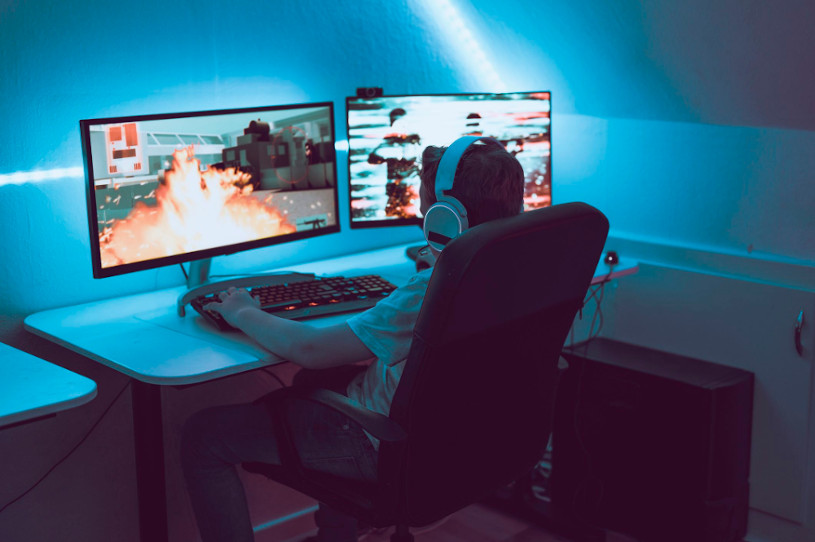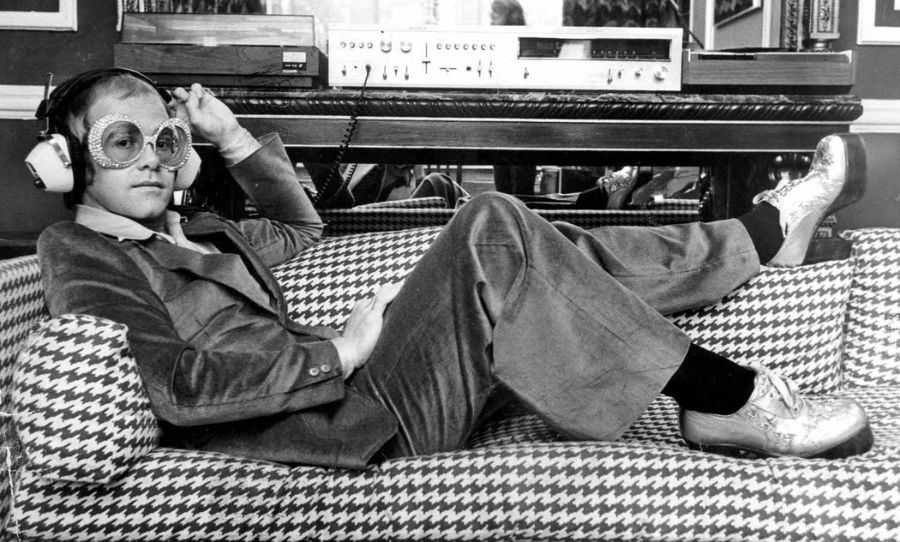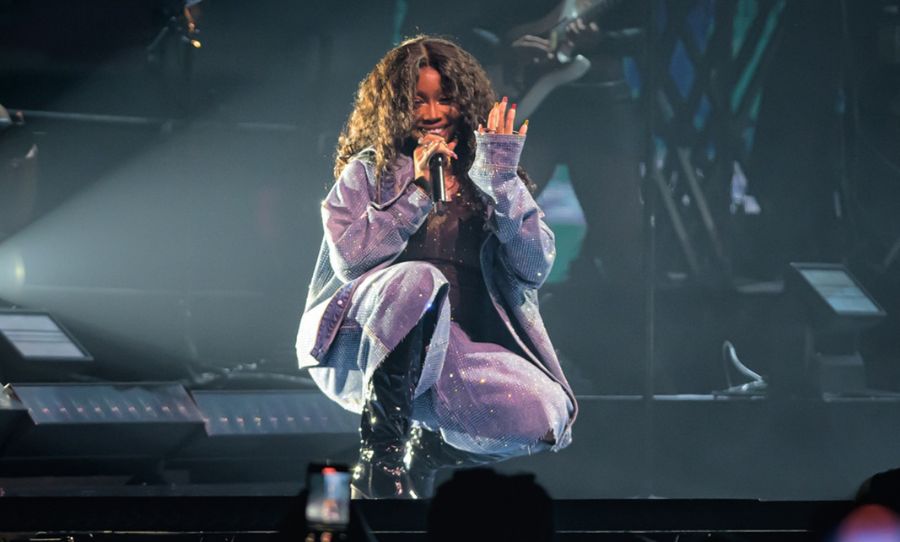Want to get paid to play video games? Well here’s a little insider knowledge for getting started and on your way to becoming Twitch famous.
In the last ten years, Twitch has evolved from being one of those niche websites only you and your hardcore gamer friends would know about, to a household name that frequently makes the news. As of February this year, there are 9.1 million unique streamers on the platform.
Suffice to say, Twitch streaming is a highly competitive space. The platform champions creative individuals who constantly innovate, but getting started can be quite daunting. There are a plethora of different gadgets you can use, but at the end of the day, the thing that makes your stream successful is you.
We believe that people spend too much time worrying about what camera to buy or what microphone to use instead of just going for it. So we decided to create a handy guide to help you get out there and go live.
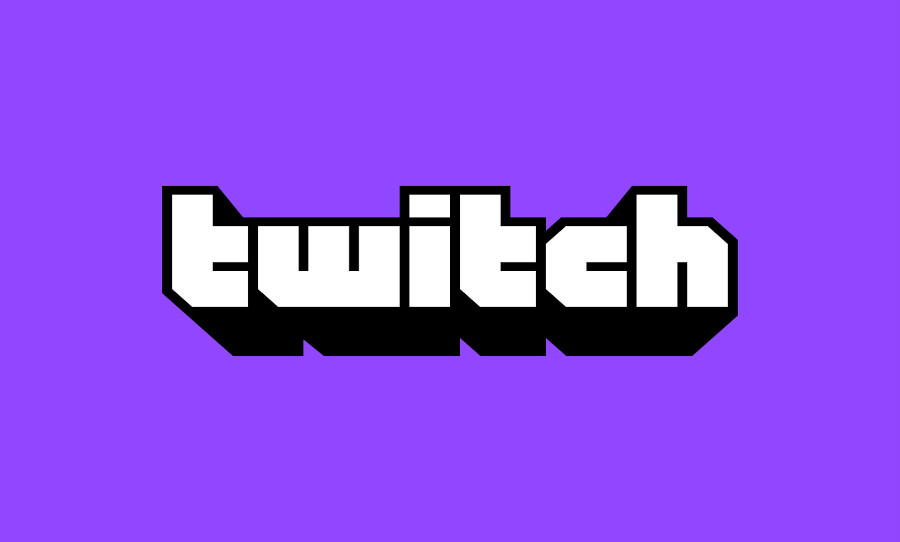
Twitch 101: Capture Card
When it comes to live streaming, quality is the name of the game. Why would anyone want to watch someone playing video games at low resolutions? If you’re looking to stream off a console or a PC, I cannot recommend using a capture card enough. A capture card is an item of hardware that facilitates the encoding and transmission of video data from one source to another.
To put it even more simply, a capture card allows you to stream at the highest possible resolutions – if you have adequate internet upload speeds, that is. If you want to take streaming seriously, I would recommend getting one that can output at 4K resolutions, which with the rise of the next-gen consoles is no longer becoming the gold standard for streaming but rather the norm.
One that we’ve used quite extensively is the ATEN Camlive Pro UC3022, an intuitive product for those looking for an all-in-one solution. Most capture cards on the market only record video signals, however, the Camlive Pro captures both audio and video. Think of it as an all-in-one live streaming studio.
The Camlive Pro not only gives you the freedom to create content of a professional quality, but also the ability to do it from wherever with its compact size and mobile compatibility, making it an ideal choice for people who want to do IRL streams. It’s also compatible with all microphones with an XLR connection point. This capture card also comes with its own native streaming software and presets, making it incredibly easy for you to just plug in and go live.
If you’re after ease of use and a high-quality stream, this would be our recommendation. Find out more about it here.
Twitch 101: Microphone
Now as I’ve already stated, video quality is hugely important. Audio quality is equally important, if not more important. There is nothing worse than tuning in to a stream, being greeted by eye-catching visuals, then having your ears assaulted by the hiss of a cheap audio setup.
As we’re looking for something that works with our recommended capture card, we’ll be looking at microphones with an XLR connection point. I use the RØDE NT1 microphone. I settled on this microphone because of both its high dynamic range, as well as its cardioid condenser pattern. To put it simply, a high dynamic range allows you to capture clear and crispy vocals and a deeper, richer sound. This is assisted by the cardioid condenser pattern, which only picks up audio directly in front of the microphone.
This makes it ideal for someone who lives in the city or any place that has unwanted sound. I’ve been using RØDE products for a long time and have never run into any issues – they’re Australian-made, with great pricing and great customer support as well.
While you will almost always get a better sound quality on a standing mic, another option is using a headset. Sennheiser are one of the few audio brands who have a real history in broadcast audio, and if you’re short on room or on cash, a solid headset will cover your bases for a set of cans and a usable mic all at once.

Twitch 101: Camera
The next step is making sure that pretty face of yours looks as good as your mother thinks it does. No, I don’t mean using beauty products – you look gorgeous already. I’m talking about camera quality. Our designated capture card is compatible with a wide range of the best webcams for streaming; everything from 4K DLSR cameras, action cameras like a GoPro, or even a web camera.
The type of content you’ll be making will help you decide on what camera to get. If you’ll be mainly doing video game live streams, a 4K camera won’t be necessary as your face won’t be the primary visual for your audience. If this is the case, I recommend the Logitech C920 HD Pro Webcam. It can output your image at 1080p resolution, with a choice of 60 or 30 frames per second. It’s a great all-rounder and super easy to use.
If you want to step things up a notch and want to record yourself in glorious 4K, you can upgrade to the Logitech Brio, which has the same usability with a better output.
Twitch 101: Software
As I’ve mentioned earlier, our chosen capture card comes with native software that is super intuitive and easy to use. It has all the integral features that more popular platforms like OBS have such as live audio mixing, camera presets, and overlay options.
You can also install an app that allows you to activate scenes plus trigger text and audio cues through the press of a button.
The aforementioned OBS (Open Broadcaster Software) is your best bet otherwise.
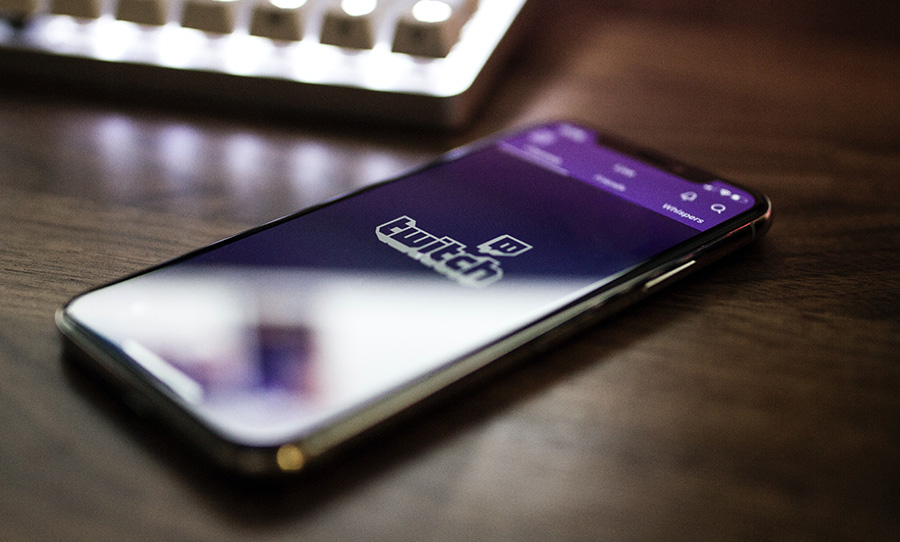
A note on copyright
If you’re planning on streaming to Twitch, Youtube, or Facebook, a word of warning: each platform has their own system built to automatically flag copyrighted audio. Twitch in particular has been grappling with this problem for years now, but in general as a content creator, it’s best to make sure you’re using copyright-free audio or risk your channel being banned.
There are thousands of databases of copyright-free music, in addition to artists who’ve made the executive decision to allow streamers to use their music when live. All the original music composed as part of Cyberpunk 2077’s soundtrack, for instance, is free to use on stream.
If you’re looking for sound effects to accompany callouts for subscriptions, donations, or anything else, you’ll need to make sure these are copyright free too. A huge number of free sounds exist online, but if you’re hoping to get a little more serious, a subscription to Splice allows you to access a database of millions of high-quality, royalty free samples that will cover pretty much every need you have.
Twitch 101: Content
Now that you’ve got everything you need and it’s all set up, let’s talk about content. One of the most popular live streamers, Ludwig Ahgren, made an excellent Youtube video detailing his tips for becoming successful on Twitch.
Unlike most videos on the subject matter, it was brutally honest and gave practical advice about creating content for the platform. If you’re serious about going live or having doubts about whether it’s something you want to do, I highly recommend you watch it.
Cameron Syme streams on Twitch under HowdyCam. Check out his channel here.
